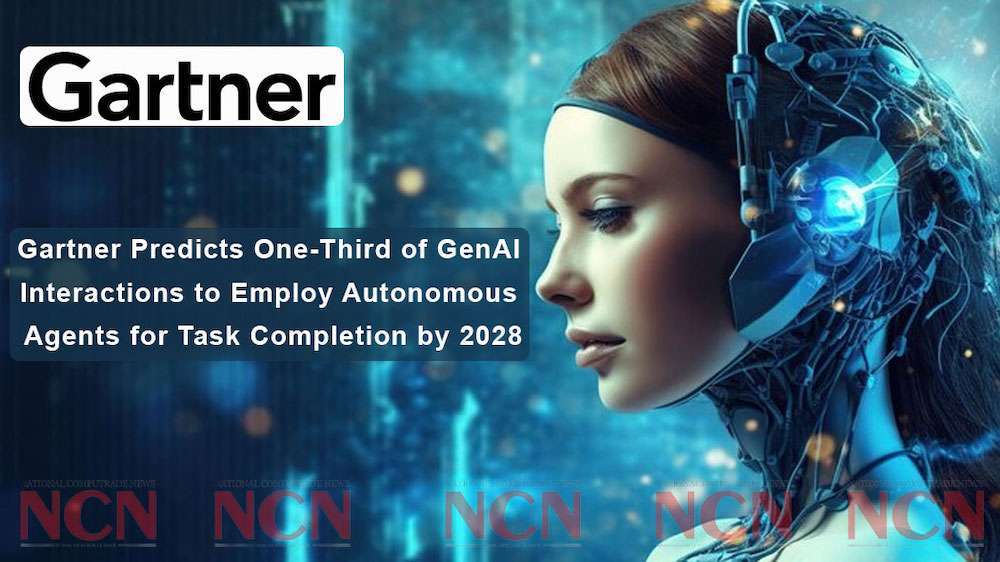In the fast-changing world of digital technology, hyper-personalisation has become a key tactic for crafting highly individualised customer experiences. Using sophisticated data analysis, artificial intelligence, and machine learning, companies can greatly improve customer interaction and retention. Nonetheless, this method also brings along significant obstacles and dangers.
In the rapidly evolving digital landscape, businesses must differentiate themselves. Customers are bombarded with content, ads, and deals from a wide array of brands vying for their focus. In this cacophony, hyper-personalisation has emerged as a crucial approach to forge a deep connection with consumers. Yet, like any potent instrument, hyper-personalisation comes with its own set of pros and cons.
Many companies boast about their capacity to customise interactions with customers, but does this customisation really add value? Often, it’s just about using a customer’s first name in a message or offering generic suggestions for products. Some firms customise their promotions based on marketing profiles or demographic information. Yet, not every 20-year-old in a specific area has the same tastes or buying habits. Thus, sweeping personalisation tactics fall short of keeping customers loyal and engaged. This article explores the benefits and drawbacks of hyper-personalisation, offering a thorough examination of its effects.
Today’s professional ecommerce retailer should know that hyper-personalisation, specifically in email alone commonly delivers 20x more than the cumulative returns achieved through all the other marketing channels combined, such is its power, according to all the leading research firms including McKinsey, Forrester, Forbes, Bain and Statista.
What is Hyper-Personalisation?
Advanced data analytics, Artificial Intelligence (AI), and machine learning (ML) are used in hyper-personalisation to provide customised content, products, and services to each customer. This approach goes beyond the basic form of personalisation seen in traditional methods, which could use a customer’s first name in an email. Hyper-personalisation considers a broad range of information, such as how a customer has been browsing, their past purchases, their demographic details, and even data as it is being collected in real-time, to offer a uniquely personalised experience exclusively designed for each user.
The trend of hyper-personalisation in marketing and customer interactions is on the rise, driven by various factors. Technological advancements, the increasing significance of social media and online platforms, the desire for customised experiences, and the application of artificial intelligence and machine learning in marketing strategies all contribute to this shift.
Thanks to new technologies, companies can now gather, examine, and apply vast quantities of customer information more conveniently and cost-effectively. This enables them to gain a deeper understanding of their customers and craft more targeted marketing strategies. Social media and online platforms offer rich insights into customer behaviour, likes, and interests.
This allows companies to craft highly personalised experiences for their customers. Today’s consumers seek interactions with brands that are more relevant and beneficial. With an abundance of information and choices available online, customers desire experiences that are customised to their unique needs and preferences.
Consequently, companies that provide highly personalised content and experiences are more successful in retaining and engaging their customers. Artificial intelligence and machine learning have played a crucial role in the expansion of hyper-personalisation. These technologies enable businesses to develop predictive models and offer personalised experiences by analysing and processing large volumes of data in real time. This is not limited to your customer’s use of your website but instead integrates your position of their accepted source, into their lives, if, as and when they want it.
Advantages & Disadvantages of Hyper-Personalisation
The advantages of highly personalised experiences are significant, such as enhanced customer satisfaction and higher sales figures. However, this approach also presents obstacles and possible negative consequences.
Advantages
Improved Customer Satisfaction: A key advantage of hyper-personalisation is greatly enhanced customer satisfaction. By providing content and deals that are extremely pertinent to every person, companies can fulfil and even predict what customers require. This degree of personalisation increases engagement and contentment, resulting in greater customer contentment and allegiance.
Increased Conversion Rates. When consumers get product selections offered to them that perfectly match their immediate needs and tastes, they tend to buy more often. Tailored personalisation aids in showing the appropriate item at the perfect moment, greatly enhancing the chances of making a purchase. For example, someone who often buys running equipment could get a prompt of the release of the newest running shoes, especially when their current ones are nearing the end of their lifespan.
Higher Customer Retention. Keeping existing customers is calculated to be 5x less expensive than attracting new ones. Tailoring experiences to each customer creates a stronger bond between them and the company, boosting their loyalty and lowering the rate of customers leaving. When customers perceive that they are truly comprehended and appreciated, they are more inclined to remain loyal to the brand.
Better Customer Insights. Putting into action highly customised personalisation needs collecting and examining extensive quantities of information. This procedure offers companies an important understanding of how customers act and what they like. These understandings can guide advertising plans, the creation of new products, and enhancements in how they serve their customers, especially if AI delivers the opportunity for that additional action to be fully autonomous.
Competitive Advantage. In a bustling market, providing an extremely tailored experience can distinguish a brand from its rivals. Companies that effectively adopt extreme personalisation can stand out by delivering exceptional customer service that is difficult to imitate.
Disadvantages
Privacy Concerns. A major disadvantage of highly personalised experiences is the risk of breaching privacy. Gathering and utilising extensive personal information can leave customers uneasy and even feel violated if not managed openly and morally. The improper use or mishandling of personal information can result in a decrease in trust and harm a brand’s image.
High Implementation Costs. Achieving hyper-personalisation demands complex technology, such as sophisticated data analysis, artificial intelligence, and machine learning skills. Putting these technologies into action can be expensive and require a lot of resources. Small and medium-sized enterprises might struggle to afford the required infrastructure and knowledge. Choosing a solution that is affordable to any size of company is ideal, and knowing the distinction between the leading providers is paramount.
Data Security Risks. Gathering extensive personal information elevates the danger of data leaks and online attacks. It’s essential to have strong data protection strategies to safeguard private customer details. A breach could lead to significant financial and reputational damages for a company.
Complexity and Scalability Issues. Developing and overseeing highly customised experiences can be intricate and difficult to expand. As the volume of data increases, the complexity of examining and applying it efficiently also rises. Companies need to consistently update and improve their algorithms and approaches to adapt to evolving consumer behaviours and tastes. Solutions that specialise in this arena tend to handle all this for you.
Potential for Over-personalisation. Although personalisation is usually seen as a good thing, there’s a delicate balance between being useful and crossing the line into being invasive. Going overboard with personalisation can leave customers feeling uneasy or even spooked if they think a brand is overstepping its bounds by knowing too much about it. Finding the perfect equilibrium is crucial to make sure customers feel appreciated without the sensation of being watched.
Conclusion
Hyper-personalisation provides a strong method for companies to establish a more profound connection with their clients, improving the overall experience for the customer and boosting the company’s expansion. Nonetheless, it presents considerable obstacles, such as issues related to privacy, substantial expenses in setting it up, and threats to the safety of data.
By taking a measured strategy that emphasises openness, the protection of data, and the ethical handling of information, companies can leverage the advantages of hyper-personalisation while reducing its possible negative effects. As the online environment keeps changing, hyper-personalisation is sure to be a key factor in determining the future of how customers are engaged.
To understand more about the capability of hyper-personalisation to deliver for you please get in touch, one of our consultants would be happy to explain the system and enable and help achieve an appreciation of what it means for your company, and offer a free trial to establish viability.





